The standard darts setup distance is 7 feet 9 1/4 inches (2.37 meters) from the oche – the throwing line – to the dartboard’s face. This crucial distance ensures fair play and consistent gameplay. This article will delve deeper into the importance of this distance, exploring variations, setup procedures, and common mistakes to avoid to improve your game.
⚠️ Still Using Pen & Paper (or a Chalkboard)?! ⚠️
Step into the future! The Dart Counter App handles all the scoring, suggests checkouts, and tracks your stats automatically. It's easier than you think!
Try the Smart Dart Counter App FREE!Ready for an upgrade? Click above!
Maintaining the correct darts setup distance is paramount for consistent performance. Even slight variations can significantly impact accuracy and scores. Understanding the reasons behind this standard and how to ensure perfect setup is key to improving your game.
Let’s explore the practical implications and variations in darts setup distance in more detail.
Understanding the Importance of Darts Setup Distance
The regulation darts setup distance isn’t arbitrary; it’s carefully calculated to balance challenge and fairness. A shorter distance might make the game too easy, while a longer distance would make it excessively difficult. The 7 feet 9 1/4 inches distance provides a sweet spot for competitive play, allowing skillful players to demonstrate precision and strategy.
This distance also contributes to the game’s overall balance. It’s designed to prevent players from simply overpowering the board, emphasizing skill and consistency over brute force. Consider it the foundation upon which the game is built. This distance also factors into the overall design of dartboards themselves. A dart board bullseye to floor measurement is not directly relevant to playing distance, but it helps to create a visually appealing and safe playing space.
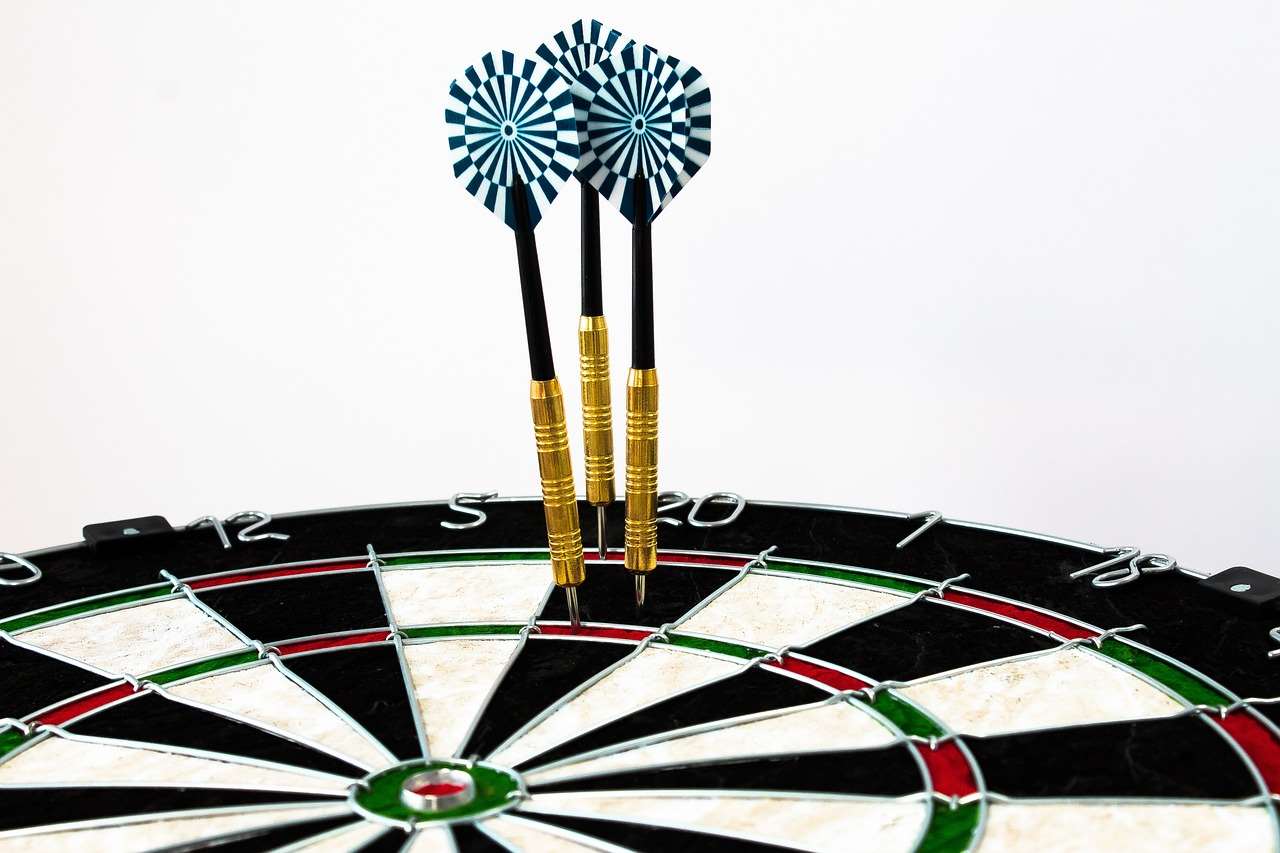
Furthermore, consistent adherence to the darts setup distance ensures fair competition. It prevents players from gaining an unfair advantage by adjusting the distance to suit their individual throwing style, ensuring that all participants play under the same conditions, regardless of their strength or throwing technique. A slight change can dramatically affect your scores. It’s crucial to pay attention to this element for an accurate and consistent performance.
Measuring and Setting Up Your Darts Board
Accurate Measurement Techniques
Precise measurement is crucial. Use a measuring tape, ideally one that’s long enough to reach the wall, and carefully measure the distance from the oche to the center of the dartboard. Make sure the tape measure is taut and positioned correctly to avoid errors. Any deviation from the standard darts setup distance will make it significantly more difficult to hit higher scores.
Don’t rely on estimations or eye-level judgments. Small inaccuracies can add up and compromise your game. If you’re unsure, it’s best to seek help from someone experienced in setting up a dartboard to make sure the darts setup distance is accurate. Several helpful apps exist. There is even an automatic dart counter app that assists in tracking your score.
Setting Up the Dartboard
Once you’ve confirmed the correct darts setup distance, securely mount the dartboard to the wall. Use appropriate fixings for the wall type, and ensure the board is level and firmly attached. A wobbly or unstable board will significantly impact your throws and increase difficulty.
- Check for level: Use a level to ensure the board is perfectly vertical.
- Secure mounting: Use robust screws or other appropriate fixings for your wall type.
- Consider the surrounding area: Ensure there’s sufficient space around the board for safe play and preventing damage to walls or furniture. A mis-thrown dart can easily cause damage, so think carefully about its placement.
Remember, the consistency of your setup directly impacts your game. A perfect setup provides a steady and reliable platform for honing your skills, whereas a bad setup will hinder your progress.
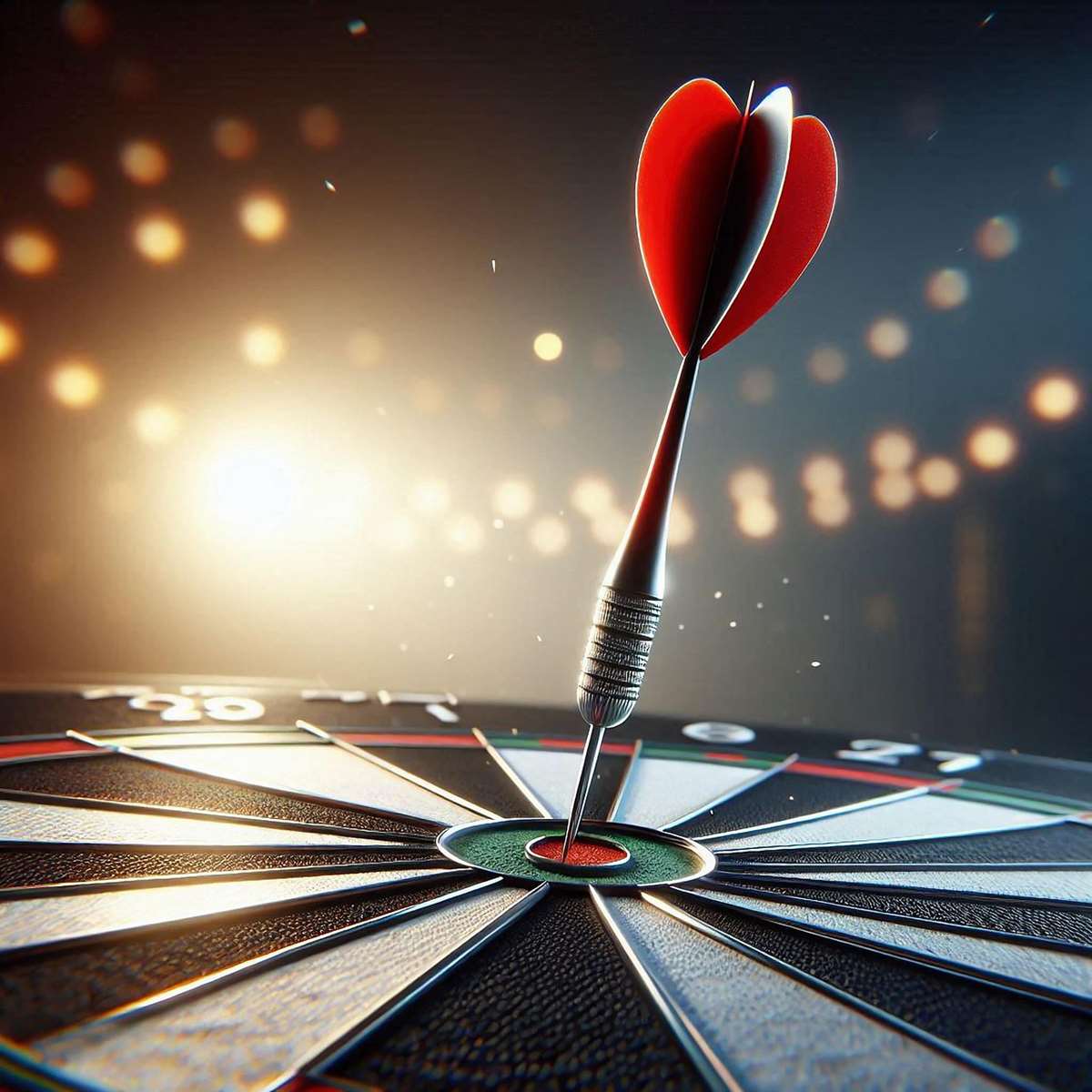
Variations and Considerations
While 7 feet 9 1/4 inches is the standard, some leagues or casual games might have slight variations. Always check the specific rules of the game you’re playing. However, always try to maintain consistency in your setup for practice sessions, as this will assist greatly in improving your skills. You’ll find consistency is key to improving your darting abilities.
The type of dartboard also matters. While most boards are designed to function correctly at the standard distance, minor variations in the board’s construction might subtly impact performance. In casual games, adjustments might be made to accommodate different player skill levels, although this is generally not done in competitive environments. The consistent distance in competitive play ensures fairness and focuses attention on player skill.
Common Mistakes to Avoid
Incorrect Measurement
This is the most common mistake. Failing to accurately measure the darts setup distance leads to inconsistencies and inaccurate throws. Always double-check your measurements before starting the game or practice. Inconsistent distances will result in lower scores, making your game more difficult.
Uneven Dartboard Mounting
A crooked or unevenly mounted dartboard creates an uneven playing surface, impacting accuracy. This often leads to frustration and makes improving your skills more challenging. Ensure your board is level and firmly attached to the wall.
Ignoring Environmental Factors
External factors such as drafts or uneven floors can subtly impact your throws. Ideally, practice and play in a stable environment with minimal distractions. For many, this would be at home. If this is the case, you can ensure your environment stays consistently the same, allowing you to focus on improving your skills.
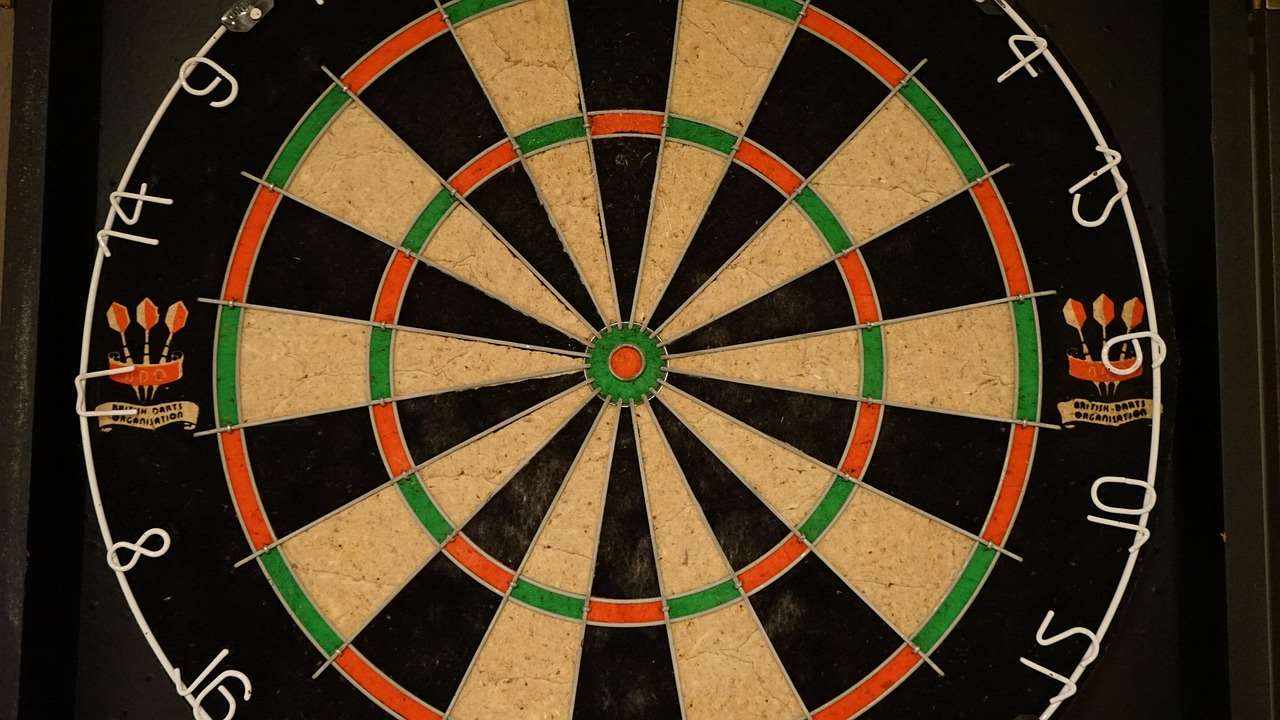
Improving Your Game with Proper Darts Setup
Mastering the proper darts setup distance is fundamental to improving your overall game. This not only ensures fair play but also provides a consistent foundation for developing your skills. Consistent practice at the correct distance will help you develop muscle memory, improve accuracy and develop a consistent throw. This is essential for competitive players.
Once you’ve mastered the correct distance, you can start working on refining other aspects of your technique. Many beginners find it beneficial to practice their darts practice doubles skills while ensuring their dartboard is set up correctly.
Remember to consistently check your setup before every game or practice session. Regularly check the distance and ensure the dartboard remains level and securely mounted. Consistent maintenance and attention to your setup will lead to improved performance and more enjoyment of the game.
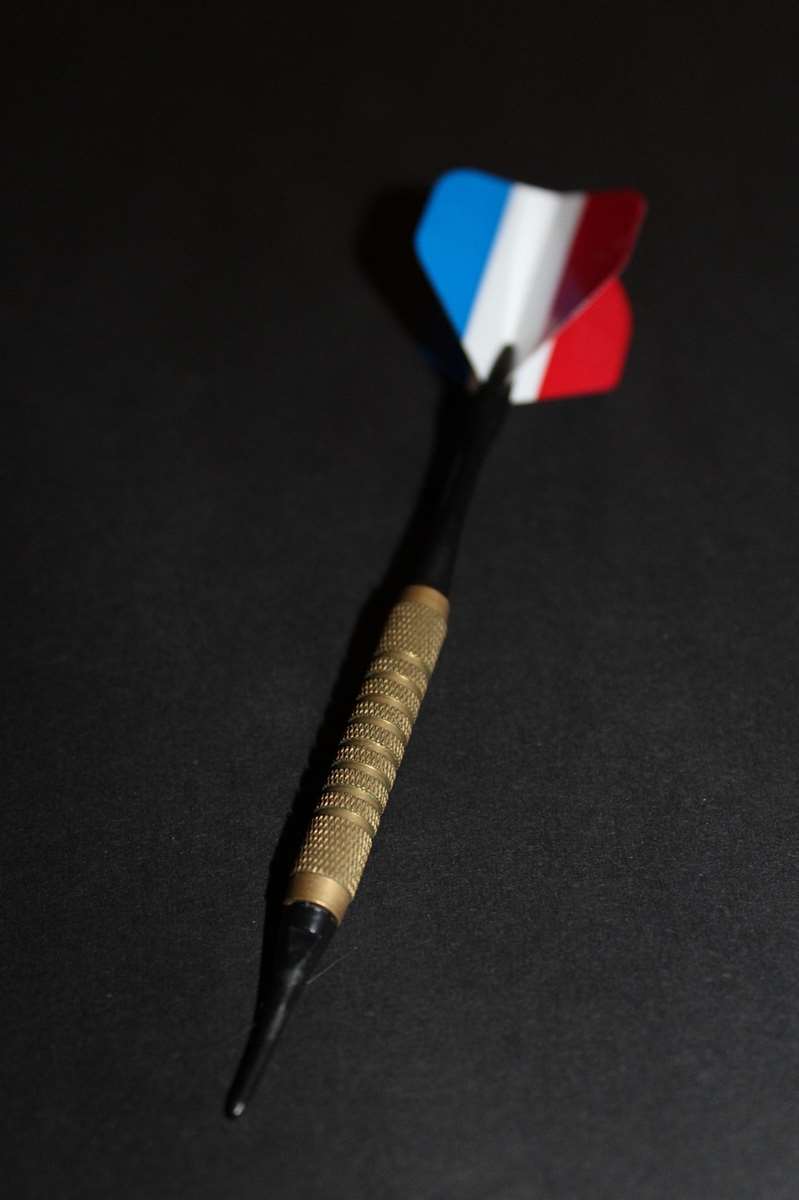
Conclusion: Mastering the Darts Setup Distance
The standard darts setup distance of 7 feet 9 1/4 inches is not just a rule; it’s the foundation for fair play and consistent gameplay. By accurately measuring and setting up your dartboard, and by avoiding common mistakes, you lay the groundwork for improving your skills and enjoying the game to the fullest. Remember the importance of accurate measurements, secure mounting, and consistent practice at this distance. Use a Darts scorekeeper app to track your progress and stay motivated. Stay up-to-date with darts upcoming events, follow darts results & news sky sports, and check the latest news from the darts zone to learn from the best! Take the time to perfect your setup – your future scores will thank you for it!
Ready to elevate your dart game? Master the darts setup distance and unlock your full potential!
Are you interested in learning more about the specific darts used by professionals? Check out our article on what darts do the pros use.
Understanding the dart double dot notation can also benefit your scorekeeping.
For those interested in international competitions, you might want to check the score of england v scotland darts score.
And finally, knowing more about the shaft on darts can help you to make more informed decisions while shopping for darts.
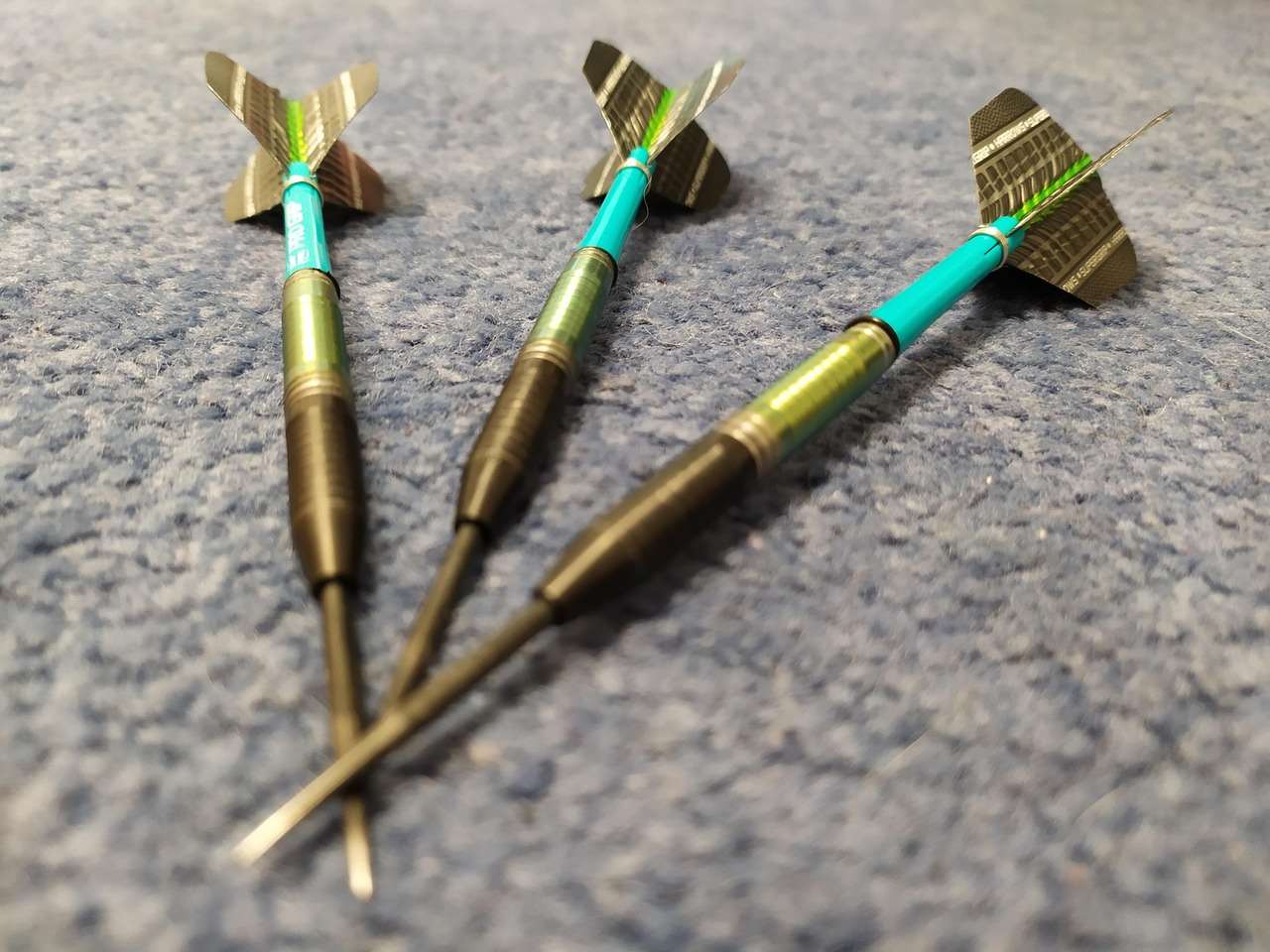
Hi, I’m Dieter, and I created Dartcounter (Dartcounterapp.com). My motivation wasn’t being a darts expert – quite the opposite! When I first started playing, I loved the game but found keeping accurate scores and tracking stats difficult and distracting.
I figured I couldn’t be the only one struggling with this. So, I decided to build a solution: an easy-to-use application that everyone, no matter their experience level, could use to manage scoring effortlessly.
My goal for Dartcounter was simple: let the app handle the numbers – the scoring, the averages, the stats, even checkout suggestions – so players could focus purely on their throw and enjoying the game. It began as a way to solve my own beginner’s problem, and I’m thrilled it has grown into a helpful tool for the wider darts community.